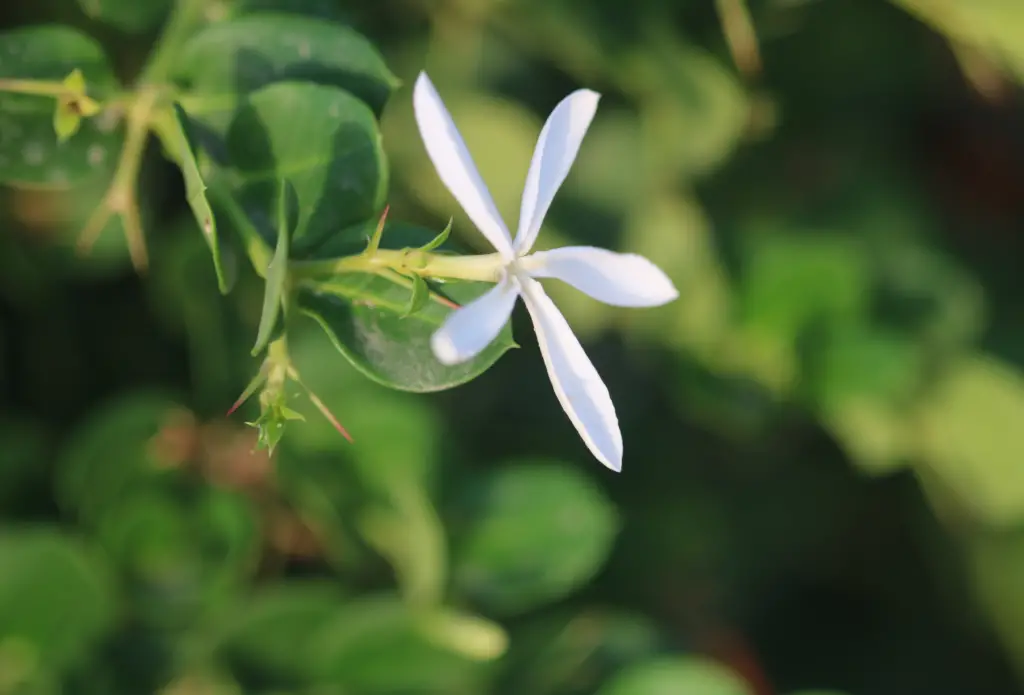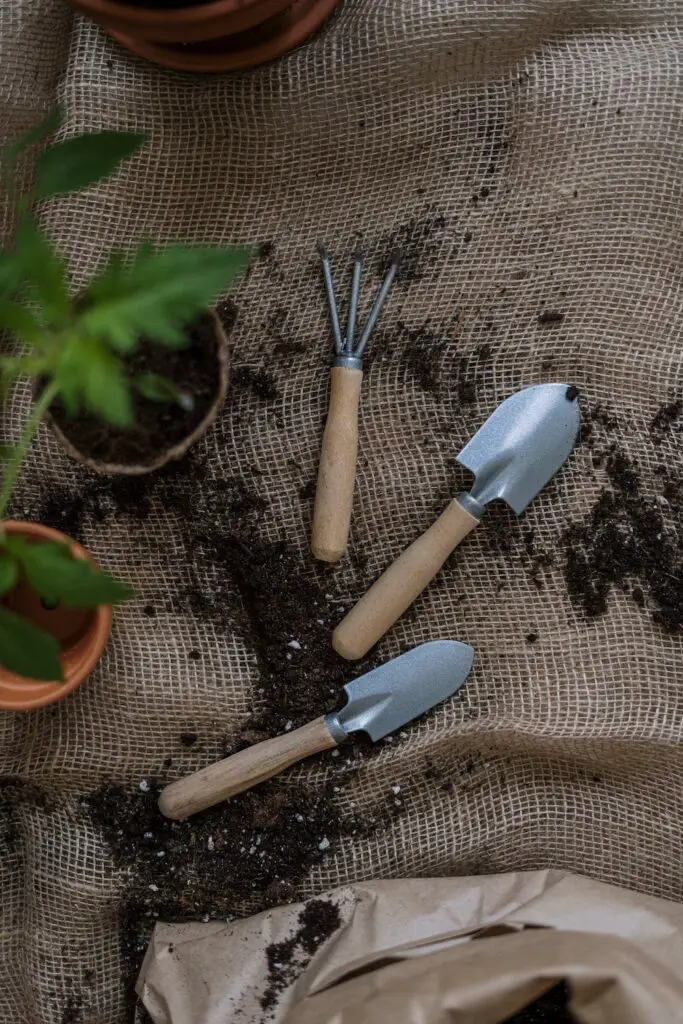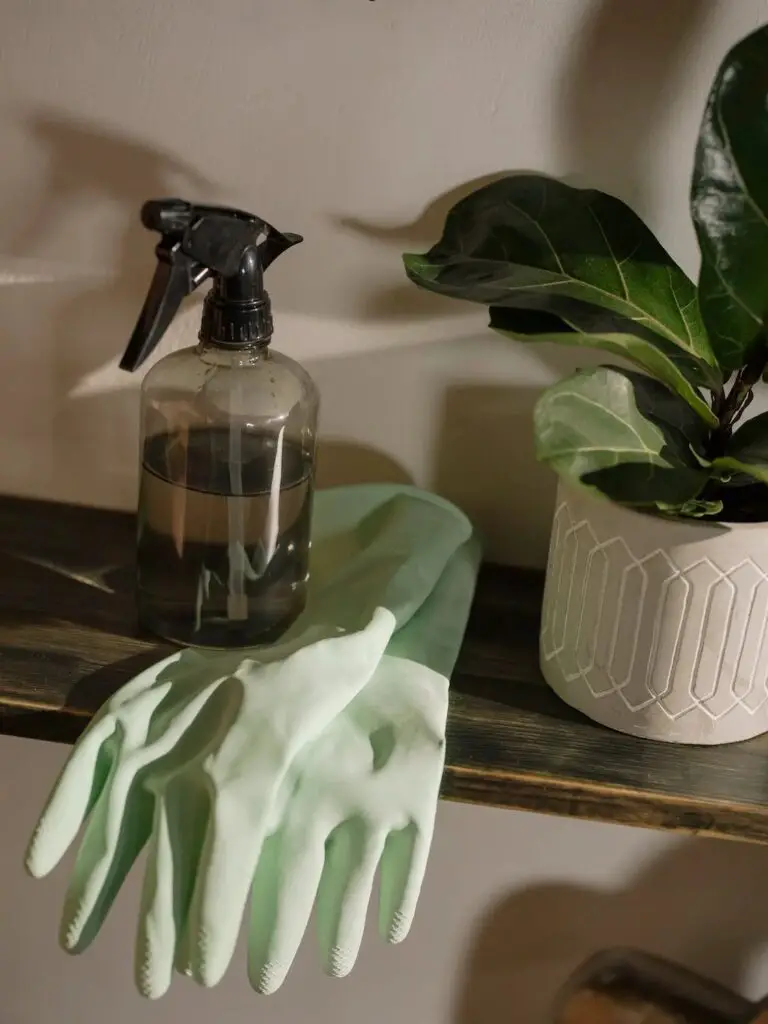Arabian jasmine (Jasminum sambac), also known as Sampaguita, is a popular flowering plant that is native to Southeast Asia. It is a tropical shrub that belongs to the Oleaceae family, which also includes other well-known flowering plants such as lilacs and olive trees. Arabian jasmine is known for its fragrant white flowers, which make it a popular choice for ornamental purposes. The plant is also a great choice for indoor cultivation, as it can be grown as a houseplant. We will explore the benefits of growing Arabian jasmine as a houseplant, as well as the best practices for its care and maintenance.


Table of Contents
Benefits of Growing Arabian Jasmine as a Houseplant
There are several benefits to growing Arabian jasmine as a houseplant. First and foremost, the plant is an excellent air purifier. The Arabian jasmine absorbs carbon dioxide from the air and releases oxygen, which helps to improve indoor air quality. In addition, it filters out harmful toxins such as benzene and formaldehyde, often found in household cleaning products, carpets, and furniture.
Another benefit of growing Arabian jasmine as a houseplant is its aesthetic appeal. The plant is known for its beautiful and fragrant white flowers, which can brighten up any indoor space. The flowers are also often used in traditional ceremonies in Southeast Asia such as wedding ceremonies and to honour the dead. Finally, Arabian jasmine is relatively easy to care for, making it a great choice for novice gardeners. The plant requires minimal maintenance and can thrive in a wide range of indoor environments.
Caring for Arabian Jasmine as a Houseplant
While Arabian jasmine is a low-maintenance plant. However, it is important to follow a few basic guidelines to ensure that the plant thrives in an indoor environment. Here are some tips for caring for Arabian jasmine as a houseplant:
Light
Arabian jasmine requires bright, indirect light to thrive. Ideally, the plant should be placed near a south or west-facing window, where it can receive plenty of natural light. If this is not possible, you can use artificial grow lights to provide the plant with the necessary light.
Water
Arabian jasmine should be watered regularly, but not over-watered. The plant prefers moist soil, but too much water can lead to root rot. Water the plant when soil is dry to the touch, and use a well-draining soil mix to prevent water from pooling in the pot.
Temperature
Arabian jasmine prefers warm temperatures, ideally between 60 and 75 degrees Fahrenheit (15 and 23 degrees Celsius). Avoid placing the plant near cold drafts or air conditioning vents, as this can cause the plant to become stressed.
Humidity
Arabian jasmine thrives in humid environments, so it is important to provide the plant with ample moisture. Increase humidity levels by misting the plant regularly with a spray bottle or placing a tray of water near the plant.
Fertiliser
Arabian jasmine should be fertilised regularly during the growing season (spring and summer). Use a balanced fertiliser with equal amounts of nitrogen, phosphorus, and potassium. Be sure to follow the instructions on the fertiliser packaging, as over-fertilizing can lead to burned roots and foliage.
Pruning
Arabian jasmine can become leggy if left unpruned, so prune the plant regularly to encourage bushy growth. Prune the plant in the early spring before new growth begins, and remove any dead or damaged foliage.
Repotting
Arabian jasmine should be repotted every 2-3 years, or when the plant outgrows its current container. Use a well-draining potting mix and a container that is one size larger than the current pot. Be sure to gently loosen the roots before placing the plant in its new container, and water the plant well after repotting.



Pests and diseases
Arabian jasmine is relatively resistant to pests and diseases. However, it is still important to keep an eye out for common pests such as spider mites, aphids, and powdery mildew. If you notice any signs of pests or disease, treat the plant immediately with an insecticide or fungicide. In addition, there are a few other tips and tricks that can help ensure that your Arabian jasmine thrives as a houseplant. Here are some additional things to keep in mind:
- Provide support: Arabian jasmine can grow quite tall and leggy, so it is important to provide support for the plant. You can use a stake or trellis to help the plant stand upright, or you can prune the plant regularly to encourage bushy growth.
- Pinch back the tips: Pinching back the tips of the Arabian jasmine plant can help to encourage branching and bushy growth. Simply use your fingers to pinch off the top inch or two of growth from each stem.
- Use a pebble tray: Placing a tray of pebbles and water beneath the plant can help to increase humidity levels and prevent the soil from becoming too dry. As the water evaporates, it will provide a humid environment for the plant.
- Keep the plant away from pets and children: While Arabian jasmine is generally safe for humans, it can be toxic to pets and children if ingested. Be sure to keep the plant out of reach of curious pets and children.
- Enjoy the fragrance: One of the best things about Arabian jasmine is its delightful fragrance. Enjoy the scent by placing the plant in a well-ventilated area, or by cutting a few blooms and placing them in a vase.
Conclusion
Arabian jasmine is a beautiful and fragrant flowering plant that is a great choice for indoor cultivation. As a houseplant, Arabian jasmine can help to improve indoor air quality, provide aesthetic appeal, and add a delightful fragrance to your home. By following the basic care guidelines outlined in this article, you can ensure that your Arabian jasmine thrives and continues to bring joy and beauty to your indoor environment.
